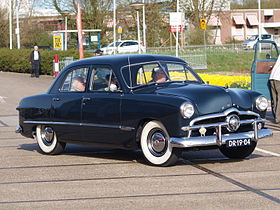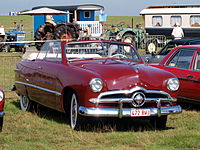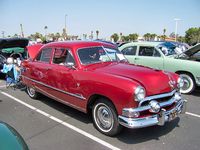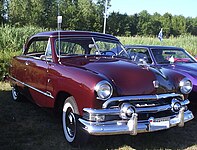
For decades, Edsel Ford’s first V-8 speedster remained out of sight, considered lost to the world, save for three old black-and-white photos. Huge chunks of its history had gone dark, and it narrowly avoided a date with the crusher at least once — an unbecoming fate for what some consider the most important car in the history of Ford Motor Company design, a car that will head to auction this spring.
While
Edsel Ford crafted custom cars and speedsters based on production-line Ford pieces
as far back as the Teens, by and large they represented the mechanical musings of a car-minded playboy, not active attempts to influence Ford Motor Company styling direction. That changed in the early Thirties when he made the acquaintance of E.T. “Bob” Gregorie, a draftsman and designer at Lincoln.
Gregorie, equipped with a design for a completely topless boattail speedster with matching prow-like front end and a sporty V-shaped windshield, took advantage of idled workers at the Ford Trimotor and Lincoln plants to build Ford’s speedster. He started with a 1932 Ford Model 18 chassis, complete with a brand-new flathead V-8, and had the Trimotor craftsmen shape the body from aluminum, then turned it over to Lincoln’s workers for finishing and trimming. Along with the hood that extended up over the cowl, the suicide doors, the lack of bumpers and running boards, and the full wheelcovers, the speedster also featured absolutely no Ford badging.
By the summer of 1932, Gregorie finished the car and delivered it to Ford, who then used it on occasion over the next couple of years, but, for the most part, kept it hidden from his father. He had it updated with a newer engine in either late 1933 or early 1934, then sold it in 1934. As the Farrells wrote, Ford was “pleasantly amused” at the boattail design — that is, he likely had something else in mind — but he continued to collaborate with Gregorie on custom cars nevertheless. In 1934, they came up with Ford’s second speedster, one that has garnered plenty of concours invites,
articles, and
gallery placements over the years and that even
inspired a scratch-built tribute car. They teamed up again for another custom in 1935, and by the late 1930s, their shared vision of a European-style American production car eventually came to fruition with the
Lincoln Continental.
Despite Ford’s cool reception of the speedster, the Farrells point to it as one of the most significant cars in Ford’s history. Even as late as the early 1930s, long after GM established its Art and Colour studio, Ford had no formal design department and much of the look of Ford automobiles came from Henry Ford’s function-over-form decrees, with some aesthetic input from Edsel Ford.
“The beginnings of the Ford Design Department can be traced directly to [the speedster] and Gregorie, its designer,” the Farrells wrote. “[It] was the first concept car Edsel Ford and Bob Gregorie worked on together and, three years later, it led to Gregorie’s appointment as Ford’s first design director — although in those days no one at Ford had titles as such.”
Ford sold that first speedster to Elmer Benzin of Grosse Pointe, apparently a man of some standing at the time, and then it passed on to its third owner, identified only as “a young GM engineer,” who wrecked it not long after. And for decades, everybody who ever looked into the story of the first speedster believed its story ended there. The Farrells even reported it as “a total loss, and what was left of it was junked.”
Cox in turn sold it and didn’t see the speedster for more than 40 years, until he spotted it in the mid-1980s sporting an updated flathead drivetrain, bucket seats, and hydraulic brakes. He recognized it as his old car (though he still had no idea of its history before he first owned it) and bought it back, intending to restore it.
While Cox only got as far as disassembling the speedster, a neighbor of his, Jim Gombos, shared Cox’s vision for restoring the speedster. “When I first saw it in the 1980s, I expressed an interest in it, and for 20 years or so I kept reminding him I’d like to buy it off him,” Gombos said. Cox never relented, but after his death in the mid-2000s his family decided to sell the speedster to Gombos.
“There wasn’t much to it when I got it,” Gombos said. “It was all apart. All the body from the firewall back was there, but there were no fenders, grille, or hood.”
Gombos collected some parts here and there for the speedster’s restoration and even showed it in its unrestored state at the
2007 Grand National Roadster Show, but he eventually handed the job of restoring the one-of-one car — a job that included scratch-building the front fenders from aluminum and reshaping the speedster’s unique prow-like grille insert — to
Barillaro Speed in Knoxville, Tennessee.
“There was absolutely no documentation on the car’s construction,” Gombos said. “We were only able to get three pictures of it from the Ford archives — a front, a rear, and a side view — so we had the side view blown up to life size to make the patterns for the fenders and we studied the other two pictures with a magnifying glass. That gave us a lot of details that you wouldn’t pick up on unless you were looking for them.”
Gombos chose to leave the 1936 221-cu.in. flathead V-8 in place, though he had the brakes reverted to mechanical action. The paint — a shade Gombos described as very close to the stock Ford color of Tunis Grey — came from color-matching a sample Gombos discovered on the underside of one of the cowl vents. While similar at first glance to the shade of gray currently on the second Edsel Ford speedster, Gombos said that both cars are actually painted very distinct shades of gray.
“The other one is really really green compared to mine,” he said. “It’s actually Iridescent Gunmetal Dark. Somebody over time said that both cars were painted the same color, which was Edsel Ford’s favorite color, but they weren’t — I looked over the ’34 speedster real good and couldn’t see any indication it was painted the same color.”
While Gombos did display the car in a partially restored state at the 2009 Glenmoor Gathering, it didn’t make its post-restoration debut until 2013, when it appeared at the Amelia Island Concours d’Elegance, where it took the E.T. “Bob” Gregorie Award for Design Excellence, presented by Edsel Ford II.
Photo courtesy Ford Motor Company.
Since then, he said he hasn’t driven it much — it only shows four miles on the odometer now — but he has tried to mine Ford’s archives for whatever he can find on the car. “There’s no question it’s the same car Edsel Ford built, but there is no documentation — we searched and searched,” he said. “Even when it was built, it was secretive. But anybody can look at the car and come to the conclusion it’s the real car. This is one of one, one of a kind.”
Gombos said he’s decided to sell the speedster simply because he doesn’t know what to do with it now that it’s restored. “It’s the kind of car, well, what do you do with it now? It’s not the kind of car you want to drive much or leave anywhere, and while we’ve been invited to a lot of concours, for one reason or another we haven’t been able to take it.”
For that reason, he’s consigned the speedster (
chassis number 18-14449) to RM Sotheby’s Amelia Island sale, where it will cross the block with a pre-auction estimate of $1.2 million to $1.4 million. The second Edsel Ford speedster, which came up for sale at RM’s Amelia Island auction in 2008,
sold for $1.76 million. The third Edsel Ford speedster has yet to be found.











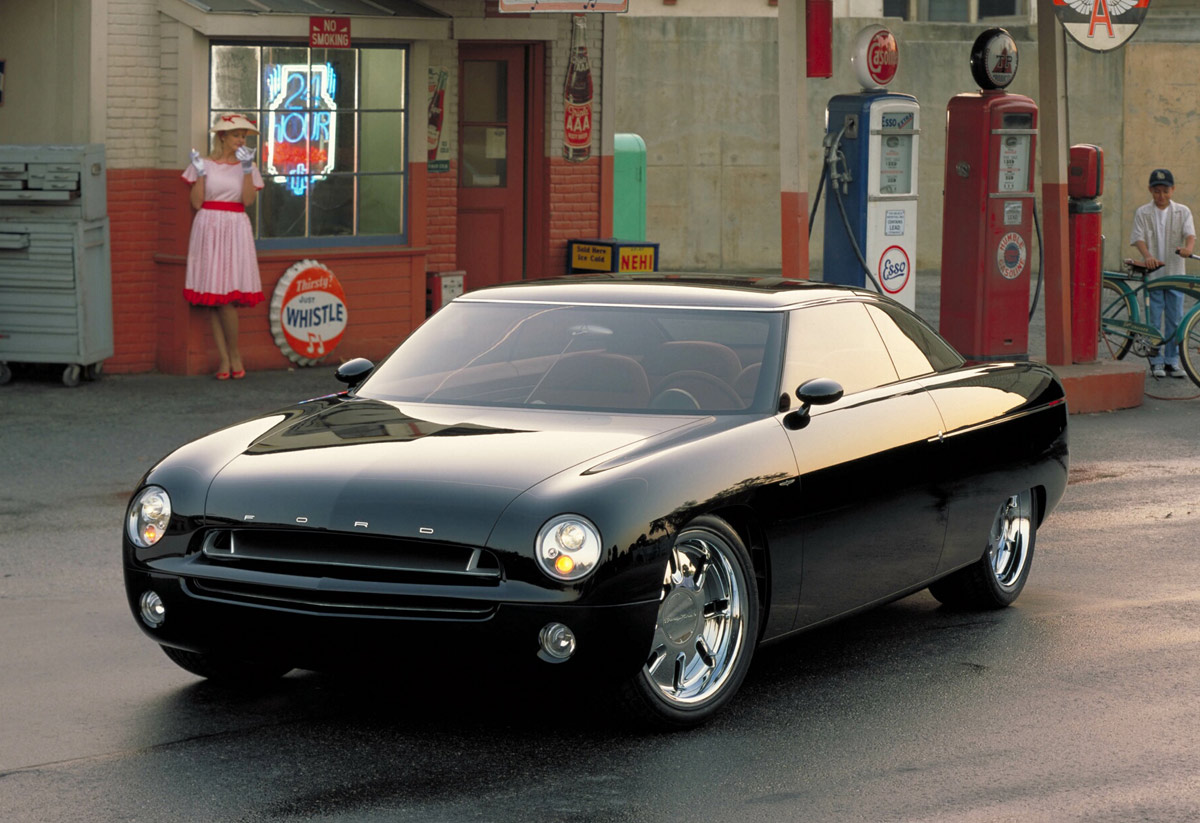
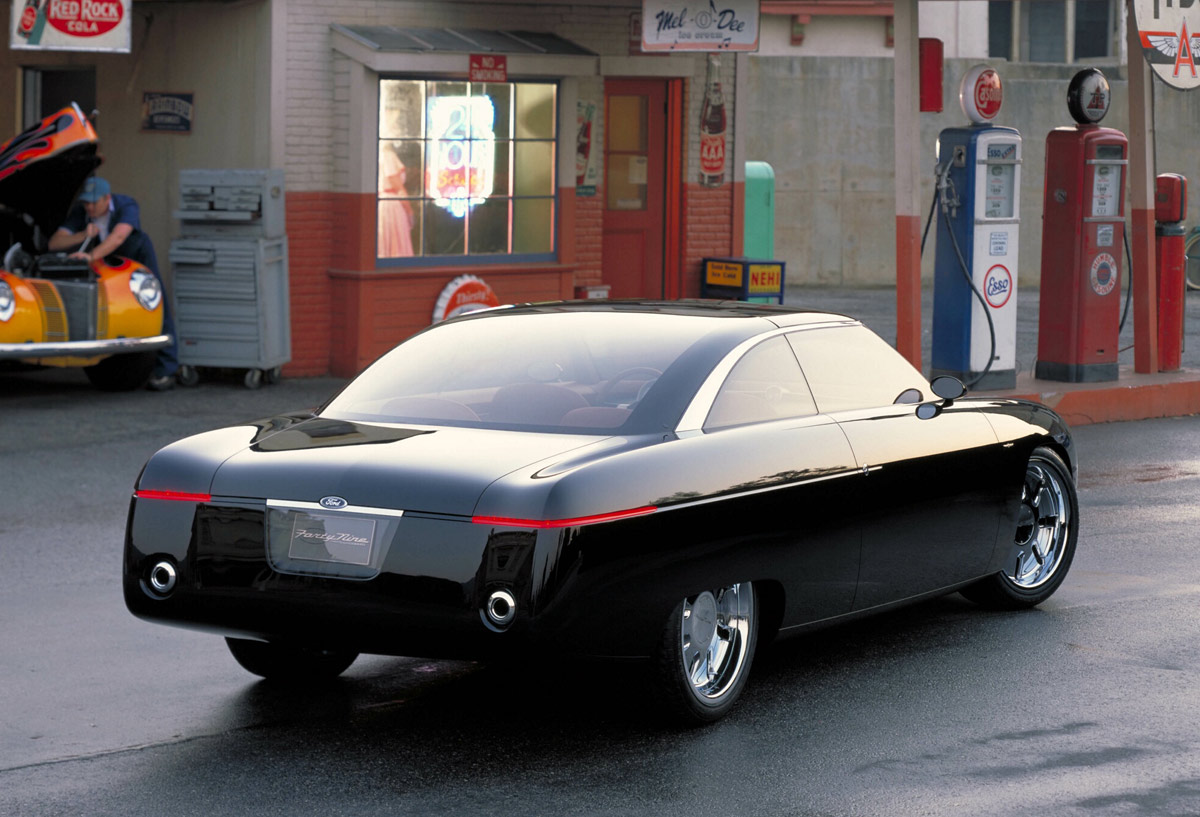
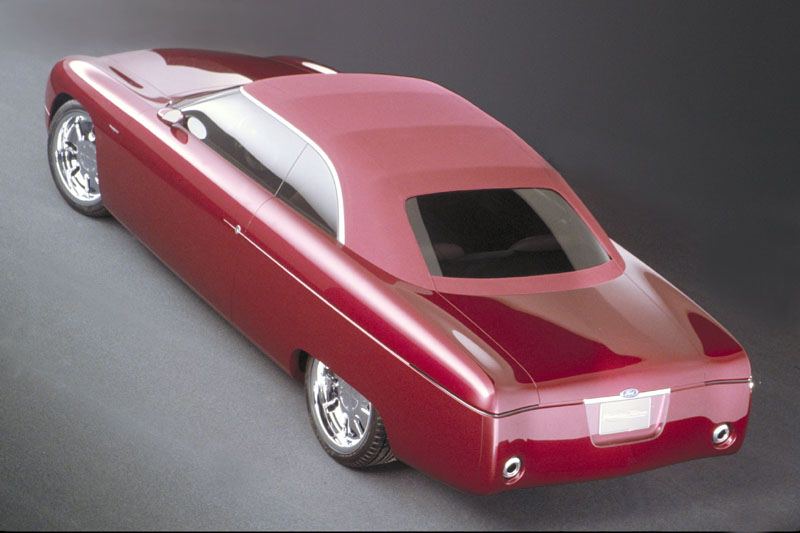
 Source: fordmotorco.com
Source: fordmotorco.com